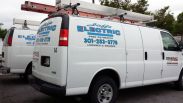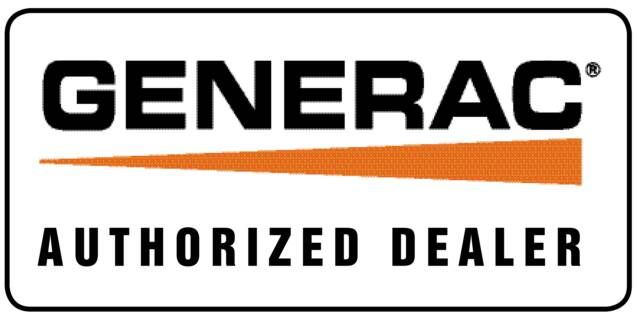What’s Inside Your Electrical Panel?
Your electrical panel is the main hub for all of your home’s electricity. Anything powered comes back to the main electrical service panel known as the breaker box. This panel board takes all the incoming power from the utility company and distributes it throughout your home for every single light, outlet, and appliance you may use. You can control the individual electrical circuits for your home through this panel.
Whether you’re looking to upgrade your electrical panel or even do some at-home circuit breaker troubleshooting, you’ll need a basic understanding of what your electrical panel is and how it works.
Panel Door
The first thing you’ll see on your electrical panel is the panel door. This is designed to safely contain all the switches for your circuit breakers while also remaining easy for a homeowner to access to address a tripped circuit breaker. The panel door should not be confused with the dead front cover that electricians will use to access all components in the panel. These covers are intentionally difficult to access as a safety feature. Thankfully your panel door will always be accessible for you to get to the elements you need.
Circuit Breaker
Every electrical circuit is built with a safety feature that acts as a weak link. These portions are known as circuit breakers and are designed to fail safely. If a circuit ever draws more electricity than it can handle, it can become a fire hazard, which is why your breaker box will automatically shut off power to that individual circuit.
Single- and Double-Pole Breakers
The kinds of breakers you’ll discover in your home include single-pole breakers and double-pole breakers. Most of the circuit breakers for your home are served by single-pole breakers: these provide 120 volts and come with ratings of 15 to 20 amps. You’ll also have double-pole breakers dedicated to large appliances like your dryer, stove, and air conditioner. Double-pole breakers provide 240 volts and come with ratings of 15 to 50 amps.
Fuses
Homes built before the 1960s may have fuses rather than circuit breakers. Like a circuit breaker, a fuse is a safety device that prevents circuits from being overloaded or causing a fire. Blown fuses cannot be reused; if you blow a fuse in your home, it will need to be replaced with a new fuse of the same type.
Expansion Slots
If you’re building a new room for your house or wiring electricity somewhere that it isn’t already, you’ll take advantage of an empty expansion slot. These are available for your licensed electrician to add extra electrical currents.
Service Disconnect Switch
Also called the main breaker, the service disconnection switch looks like a large circuit breaker. This is where the electricity comes into the panel from the utility company and can be found at the top or the bottom of your electrical panel. When all power to your home needs to be shut off in an emergency, you can manually move the switch to the “off” position.
If you need to repair or replace your electrical panel in Maryland, Virginia, and DC, schedule an appointment with our professional technicians at Jaffe Electric today.
Do you have an upcoming home electrical inspection, and the thought is making you a bit nervous? Rest easy; we're here to help. Today, we...





